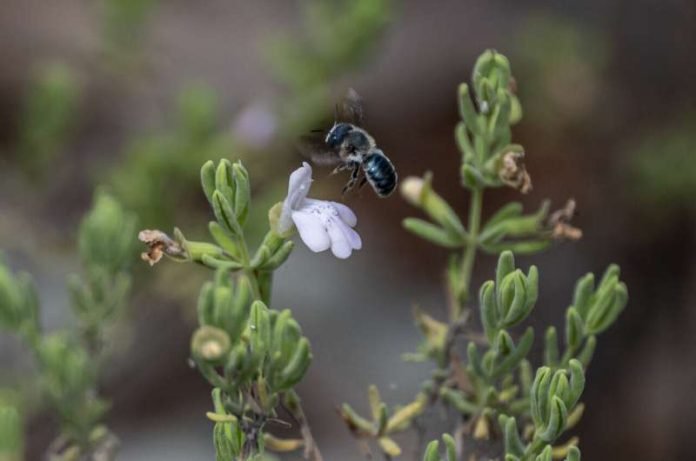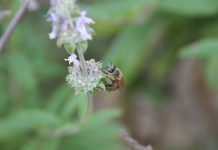
In the unique landscapes of Florida, there’s a little-known story unfolding that concerns the fate of some of the planet’s most endangered plants: the scrub mints.
With over half of the 24 known species at risk of extinction, these plants are facing a crisis, largely unseen by the public eye.
The rapid development and conversion of their habitats into agricultural lands pose a significant threat to their survival.
A recent breakthrough in the study of these plants, published in the journal Molecular Phylogenetics and Evolution, reveals that the diversity among scrub mints is greater than previously understood.
This research, led by Andre Naranjo, delves into the complex DNA of these plants, uncovering potential new species and challenging previous notions about their classification and conservation status.
One such revelation concerns the Titusville balm, previously dismissed for protection due to its classification as a hybrid. However, Naranjo’s work suggests that this and possibly other mints have been evolving independently for hundreds of thousands of years, thus deserving of recognition and conservation efforts.
The origin of scrub mints traces back to a period of dramatic climate shifts, the Pliocene, when their habitat—Florida—was a series of islands.
Over time, as climates cooled and sea levels fell, these islands merged into the Florida we know today, albeit with challenging living conditions. The scrub mints, however, adapted and thrived in these sandy, nutrient-poor soils, becoming a key part of the region’s biodiversity.
Their evolution was shaped by cycles of ice ages and warm periods, leading to a pattern of separation and reconnection among populations.
This history of isolation and hybridization has created the rich variety of scrub mint species we see today, each uniquely adapted to its microhabitat.
Yet, this diversity is under threat. Development pressures and changes in land management practices, such as fire suppression, have fragmented and diminished their habitats.
The invasive species encroachment and the lack of natural wildfires, necessary for their regeneration, further endanger their survival.
Among these plants, Lakela’s mint stands out for its precarious status, growing in a mere three-mile stretch of land, predominantly privately owned. Efforts to conserve and manage these habitats are few, often reliant on the dedication of volunteers.
The plight of the scrub mints is a microcosm of a larger environmental challenge. It highlights the tension between development and conservation, the impact of historical climate change on current biodiversity, and the need for innovative approaches to protect these unique species.
As Naranjo warns, without concerted conservation efforts, we risk not only losing these plants but also the distinct scrub habitats they represent, a loss that would mark the end of an era for one of Florida’s most original landscapes.
The story of the scrub mints is a call to action. It urges us to recognize the value of our planet’s biodiversity, the intricate history of our natural world, and the pressing need to protect these hidden gems before it’s too late.
The research findings can be found in Molecular Phylogenetics and Evolution.
Copyright © 2024 Knowridge Science Report. All rights reserved.



